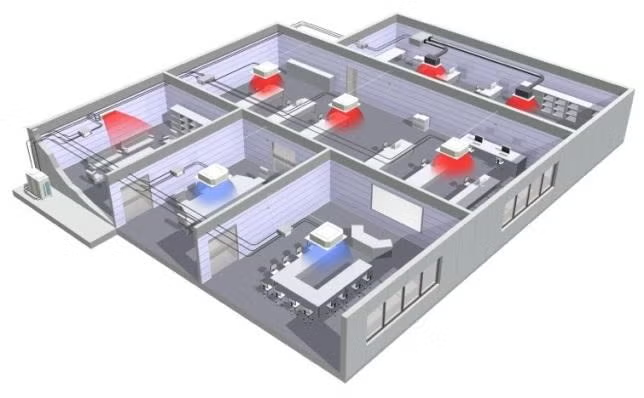
The global Variable Refrigerant Flow Systems Market size is projected to grow further, hitting USD 38.25 billion by 2030, with a CAGR of 10.2% between 2025 and 2030. The Variable Refrigerant Flow (VRF) systems market is experiencing a transformative phase, propelled by advancements in energy-efficient technologies, increasing urbanization, and stringent environmental regulations. VRF systems, known for their ability to dynamically adjust refrigerant flow to meet specific heating and cooling demands, are becoming a cornerstone of modern HVAC solutions in commercial, residential, and industrial applications. Recent developments, including AI-driven smart controls, eco-friendly refrigerants, and challenges in supply chain dynamics, are shaping the market’s trajectory. This article explores the latest trends in the VRF systems market, drawing from recent industry updates and global sustainability efforts.
AI-Driven Smart VRF Systems
The integration of artificial intelligence (AI) into VRF systems is revolutionizing their efficiency and adaptability. Recent advancements highlight the rise of AI-enabled smart VRF systems, which optimize airflow and temperature control based on real-time data from occupancy and environmental sensors. These systems, accounting for a significant portion of new deployments in 2024, enhance energy efficiency by up to 30% compared to traditional HVAC systems, making them ideal for smart buildings. For example, a recent refurbishment at The Reach Hotel in Manchester utilized a Toshiba VRF solution with advanced controls, showcasing their flexibility in commercial spaces.
AI-driven systems also enable predictive maintenance, reducing downtime and repair costs. However, the complexity of these systems requires skilled technicians for installation and maintenance, posing a challenge in regions with limited training infrastructure. Manufacturers are addressing this by offering specialized training programs to ensure proper deployment and operation of smart VRF systems.
Push for Eco-Friendly Refrigerants
The shift toward low Global Warming Potential (GWP) refrigerants is a key driver of the VRF systems market, aligning with global sustainability goals. Recent regulations, such as those under Singapore’s Green Plan 2030, mandate the use of eco-friendly refrigerants like R-454C and R-1234yf in VRF systems to reduce greenhouse gas emissions. Bohn de Mexico’s Ecoflex condensing units, introduced recently, employ these low-GWP refrigerants, reflecting the industry’s commitment to environmental responsibility.
This transition is driven by stringent environmental regulations phasing out high-GWP refrigerants like R-410A. However, the rapid shift to alternatives like R-454B has created supply-demand mismatches, leading to refrigerant shortages in some markets. Industry leaders recommend focusing on system repairs and avoiding risky workarounds like refrigerant mixing to mitigate these challenges.
Urbanization and Commercial Demand
Increasing urbanization is fueling demand for VRF systems, particularly in fast-growing cities across Asia, North America, and Latin America. The commercial sector, including corporate offices and retail establishments, is a major growth driver due to the need for energy-efficient and customizable HVAC solutions. India, for instance, is seeing rapid adoption of VRF systems in cities like Pune and Hyderabad, where vertical construction and diverse climates demand flexible cooling solutions.
VRF systems’ ability to connect multiple indoor units to a single outdoor unit makes them ideal for high-rise buildings and mixed-use developments. Their long refrigerant pipe allowances provide design flexibility, enabling architects to meet the needs of complex building layouts. However, high upfront costs and maintenance complexities can deter some customers, particularly in price-sensitive markets.
Regulatory Support and Sustainability Goals
Government initiatives promoting green buildings are significantly boosting the VRF systems market. In the U.S., certifications like Energy Star encourage businesses to adopt energy-efficient solutions like VRF systems and heat pumps, which reduce operational costs and carbon footprints. Similarly, Singapore’s Building Control Act mandates that new buildings meet energy performance standards, with VRF systems playing a key role due to their efficiency and low-GWP refrigerants.
These regulations align with global climate goals, such as net-zero emissions targets. The integration of VRF systems with renewable energy sources, like solar-powered cooling in Singapore’s Super Low Energy Building program, is a growing trend. However, regulatory complexities and varying standards across regions can complicate market expansion, requiring manufacturers to adapt to local requirements.
Supply Chain and Installation Challenges
The VRF systems market faces supply chain challenges, particularly with the transition to new refrigerants. The rapid adoption of R-454B has led to shortages, as manufacturers struggle to meet demand. Over-ordering by contractors, driven by concerns about supply shortages, is exacerbating the issue. Additionally, the complexity of VRF installation, requiring precise refrigerant management and system balancing, can lead to costly errors like leaks or compressor failures if not handled properly.
To address these challenges, manufacturers are investing in training programs and modular VRF designs that simplify installation. For example, modular units are gaining traction for retrofitting older buildings, allowing for scalable and cost-effective upgrades. These innovations are critical for maintaining market growth amidst supply chain disruptions.
Competitive Landscape and Industry Innovations
The VRF systems market is highly competitive, with key players like Daikin Industries, Mitsubishi Electric, and LG Electronics driving innovation. Recent product launches, such as SWEP’s BX4T brazed plate heat exchanger for VRF and heat pump applications, highlight advancements in compact and efficient designs. These innovations improve system performance and reduce energy consumption, aligning with sustainability trends.
Emerging players are also entering the market, offering cost-competitive solutions with smart features. Collaborative efforts, such as partnerships between manufacturers and IoT firms, are enhancing VRF systems with real-time monitoring and energy optimization capabilities. These advancements are critical for meeting the evolving needs of commercial and residential customers.
Regional Market Dynamics
North America leads the VRF systems market, driven by robust construction activity and government support for energy-efficient technologies. The U.S. is seeing strong adoption in commercial and residential buildings, supported by Energy Star certifications. Asia-Pacific is a rapidly growing market, with India and Singapore at the forefront due to urbanization and sustainability initiatives. Latin America and the Middle East are emerging markets, with increasing demand for VRF systems in commercial and industrial applications.
Impact of Climate Change and Energy Efficiency
Climate change concerns are driving the adoption of VRF systems, which offer significant energy savings compared to traditional HVAC systems. Their ability to provide zoned heating and cooling reduces energy waste, making them a preferred choice for sustainable building designs. The integration of VRF systems with building management systems further enhances energy efficiency, supporting global efforts to reduce carbon emissions.
Conclusion
The VRF systems market is thriving, driven by AI-driven innovations, eco-friendly refrigerants, and increasing urbanization. Regulatory support and sustainability goals are propelling adoption, despite challenges like refrigerant shortages and installation complexities. With North America and Asia-Pacific leading the charge, the market is poised for significant growth as manufacturers continue to innovate and address supply chain issues. As VRF systems become integral to smart and sustainable building designs, they will play a pivotal role in shaping the future of energy-efficient HVAC solutions.


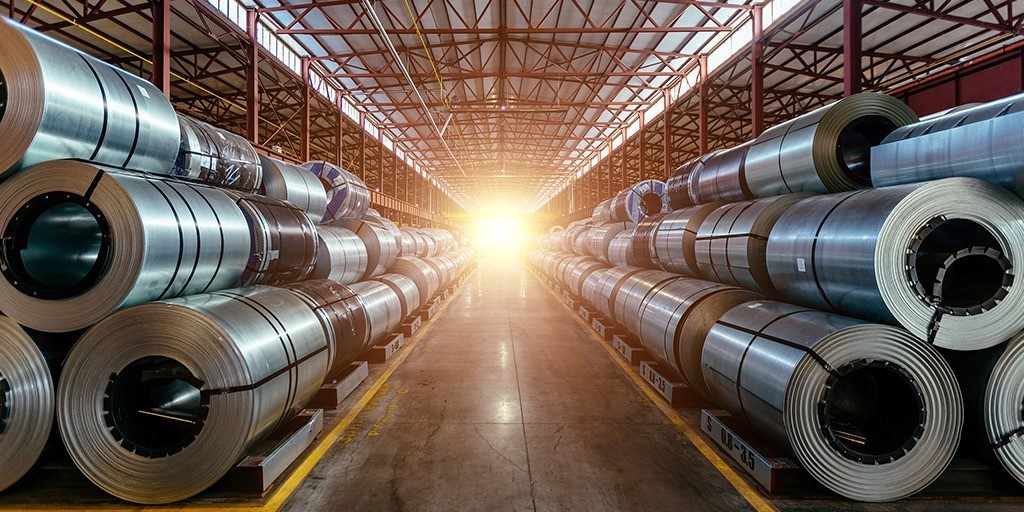



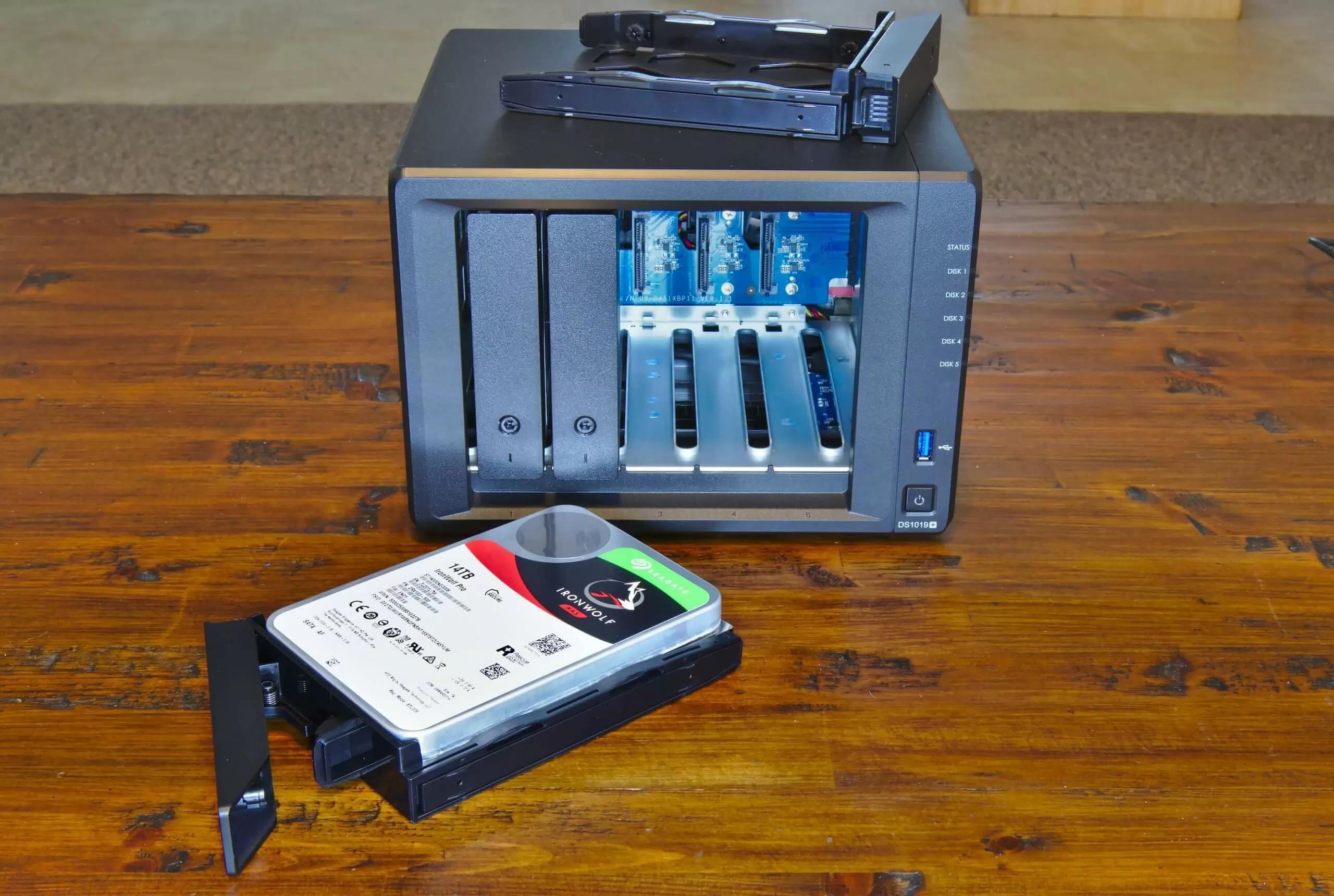









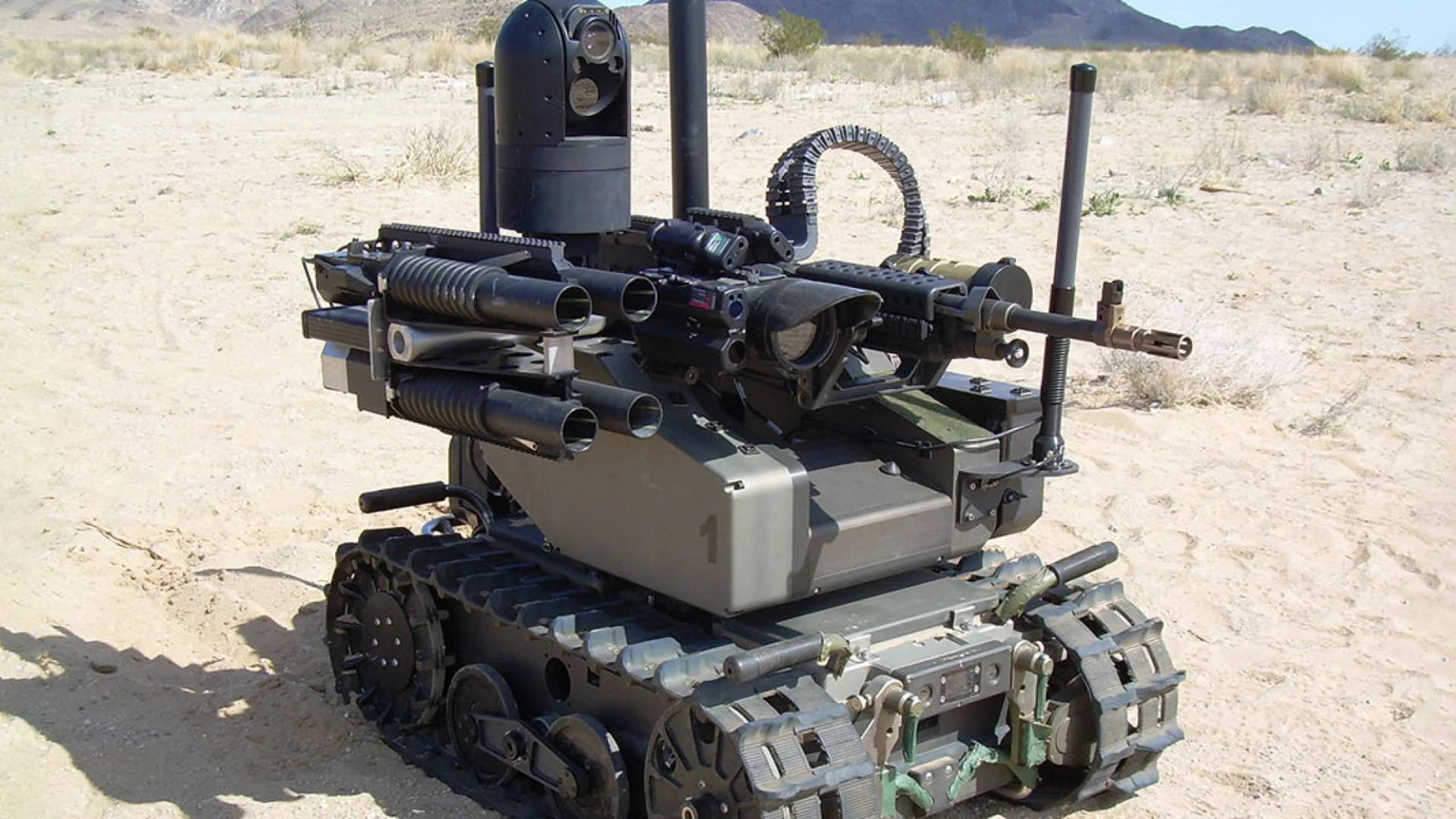

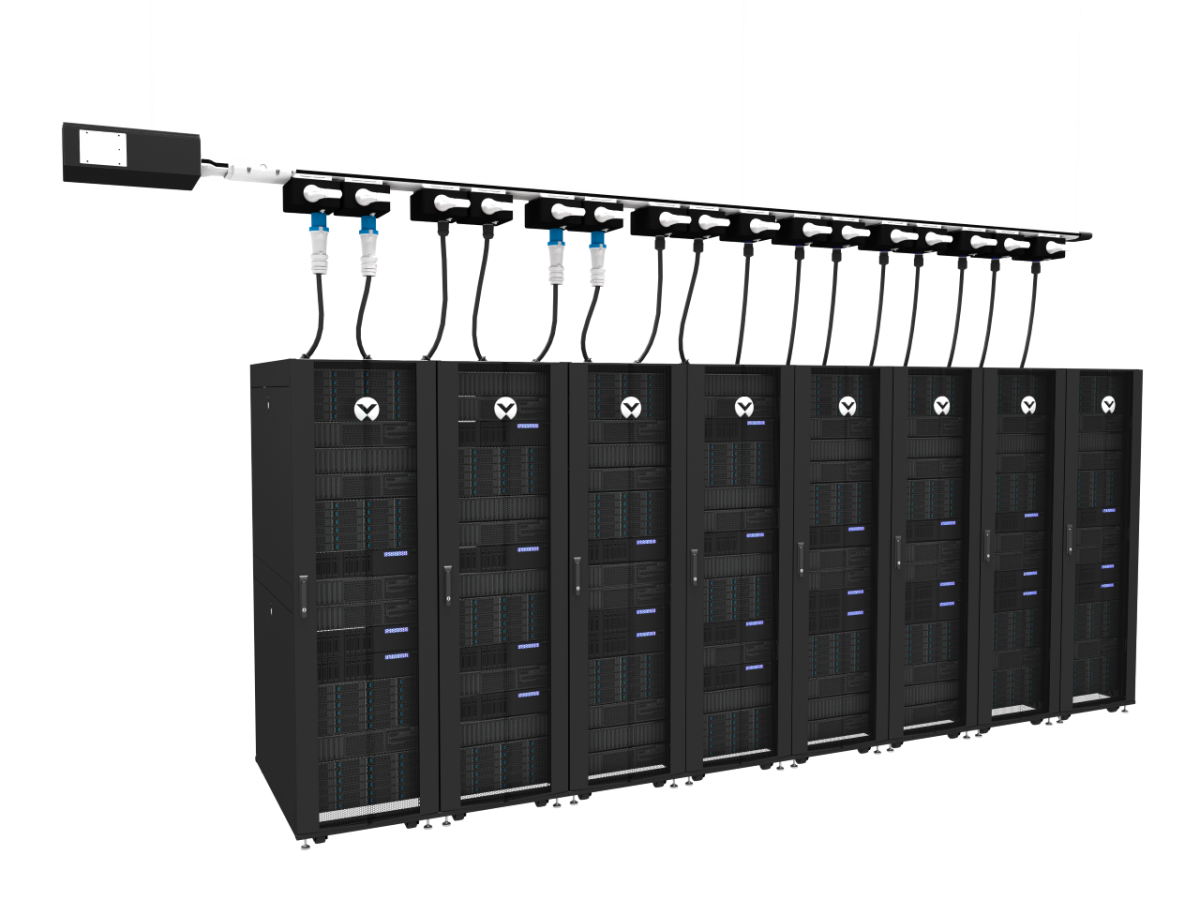

Write a comment ...